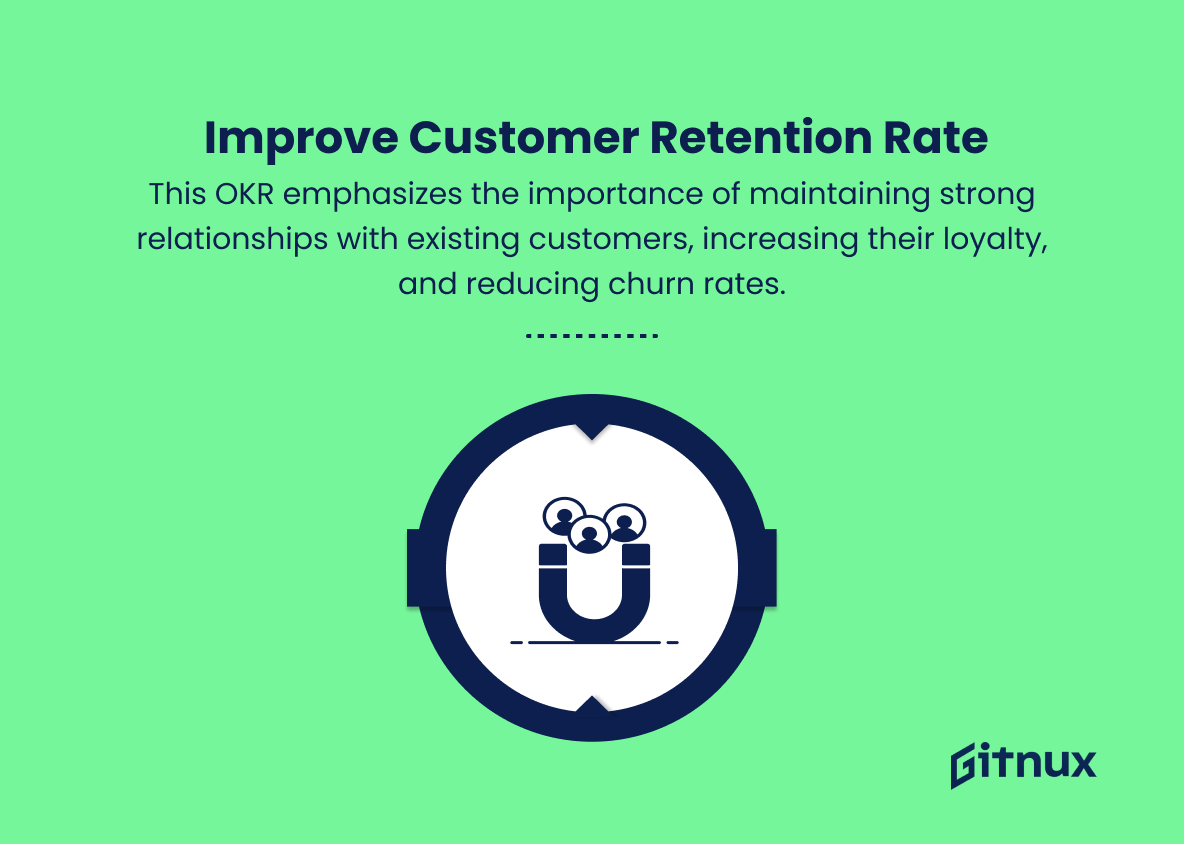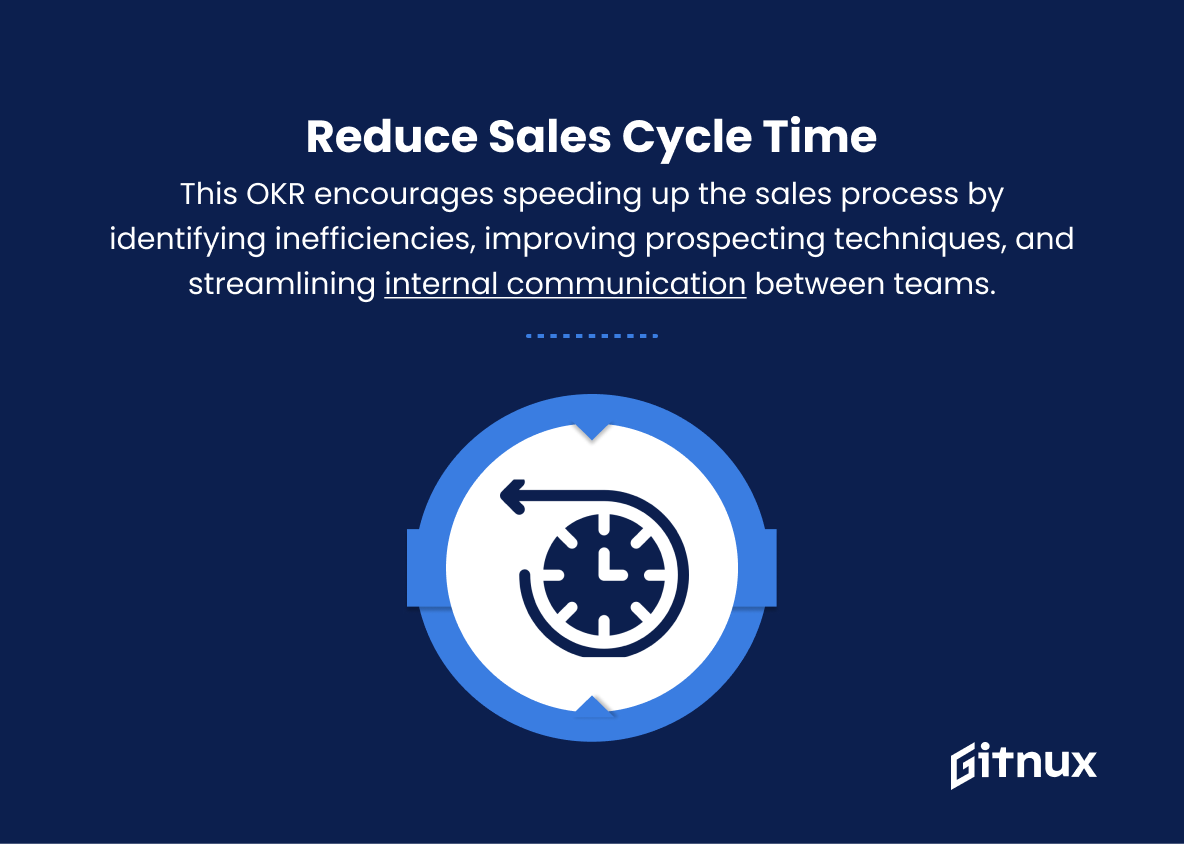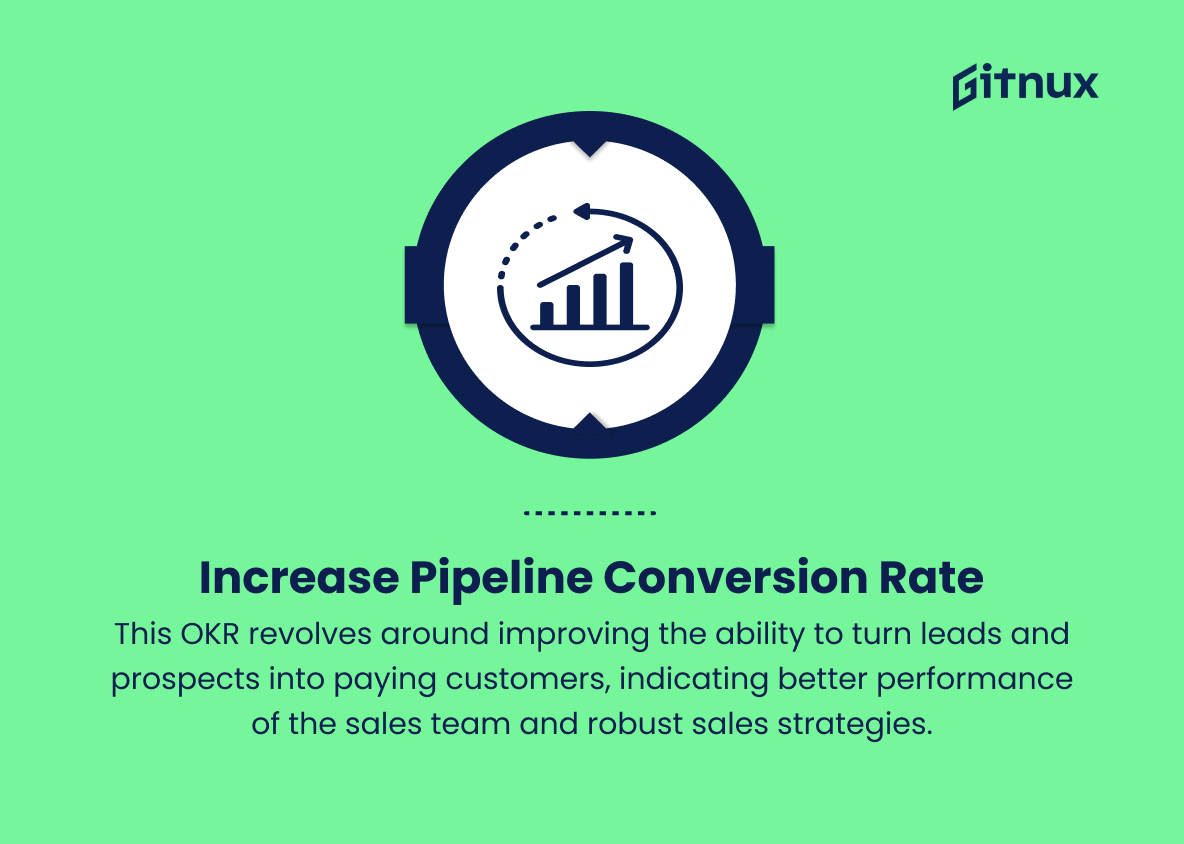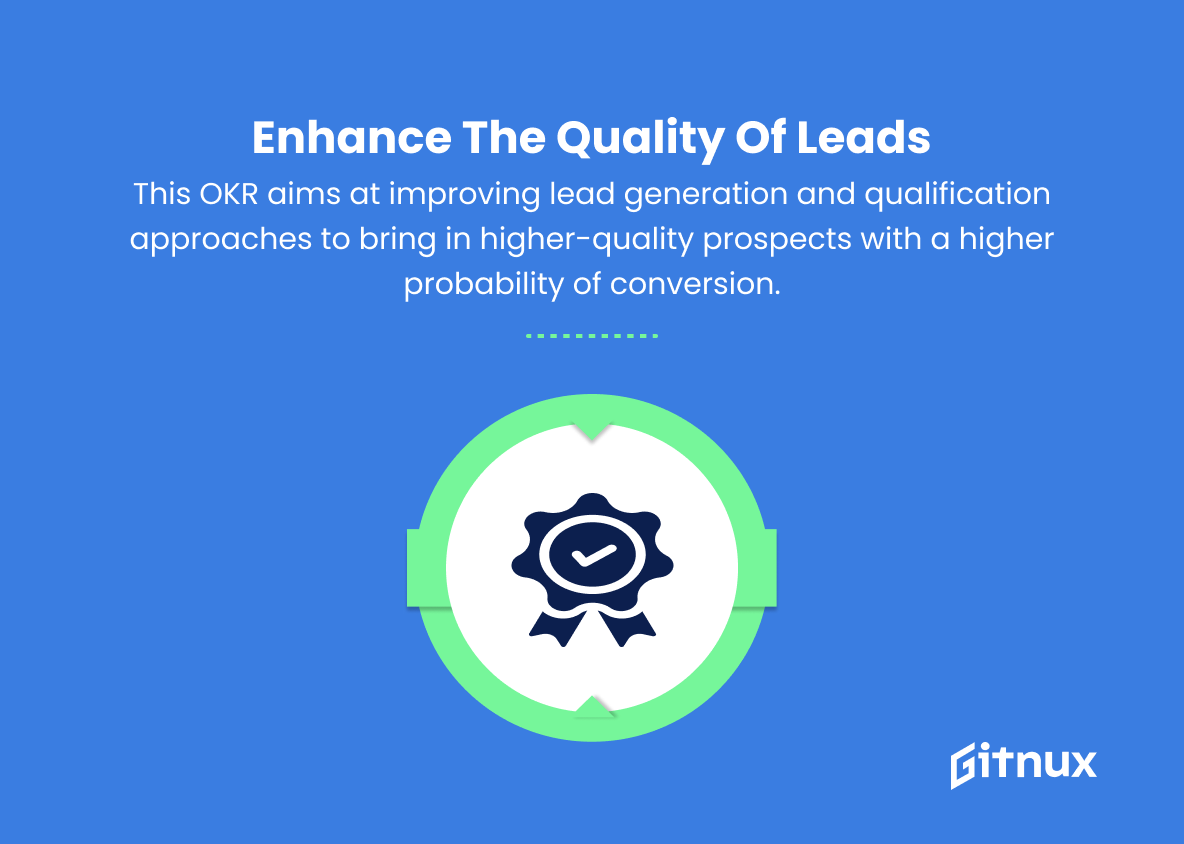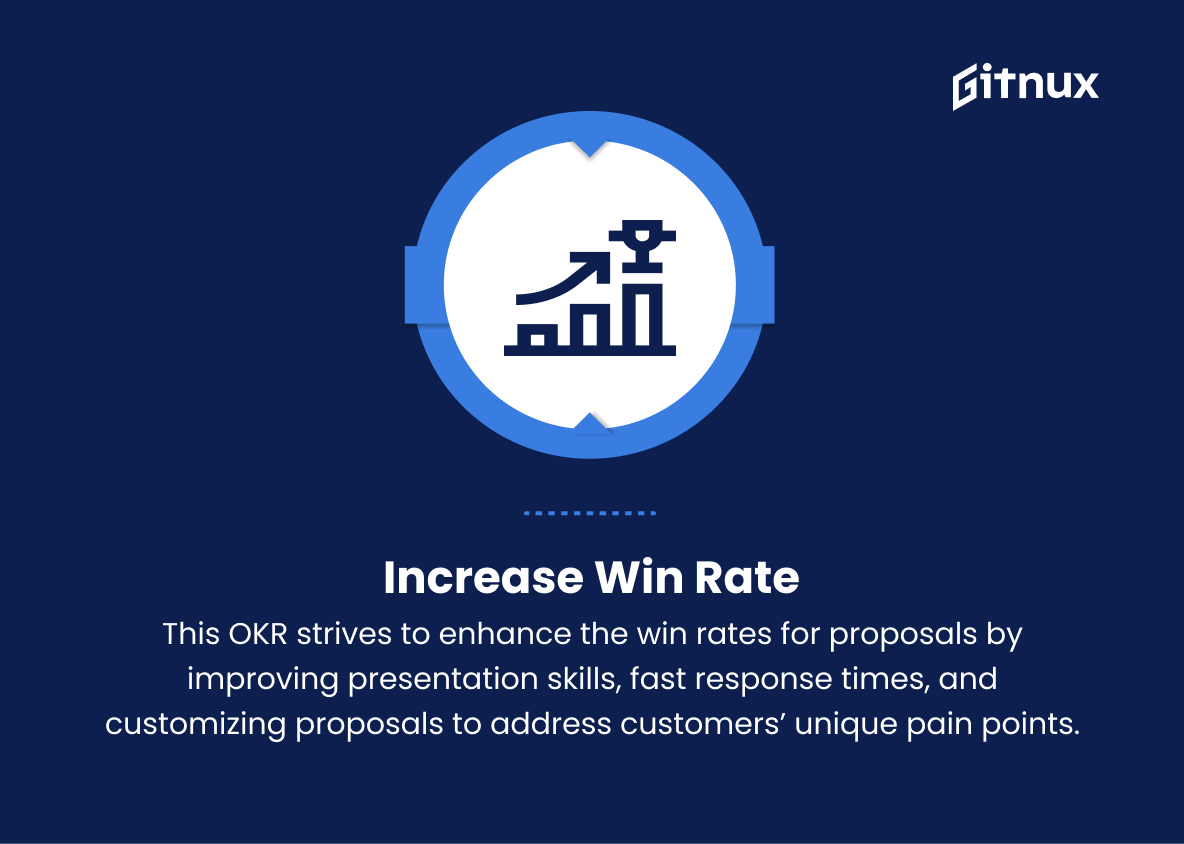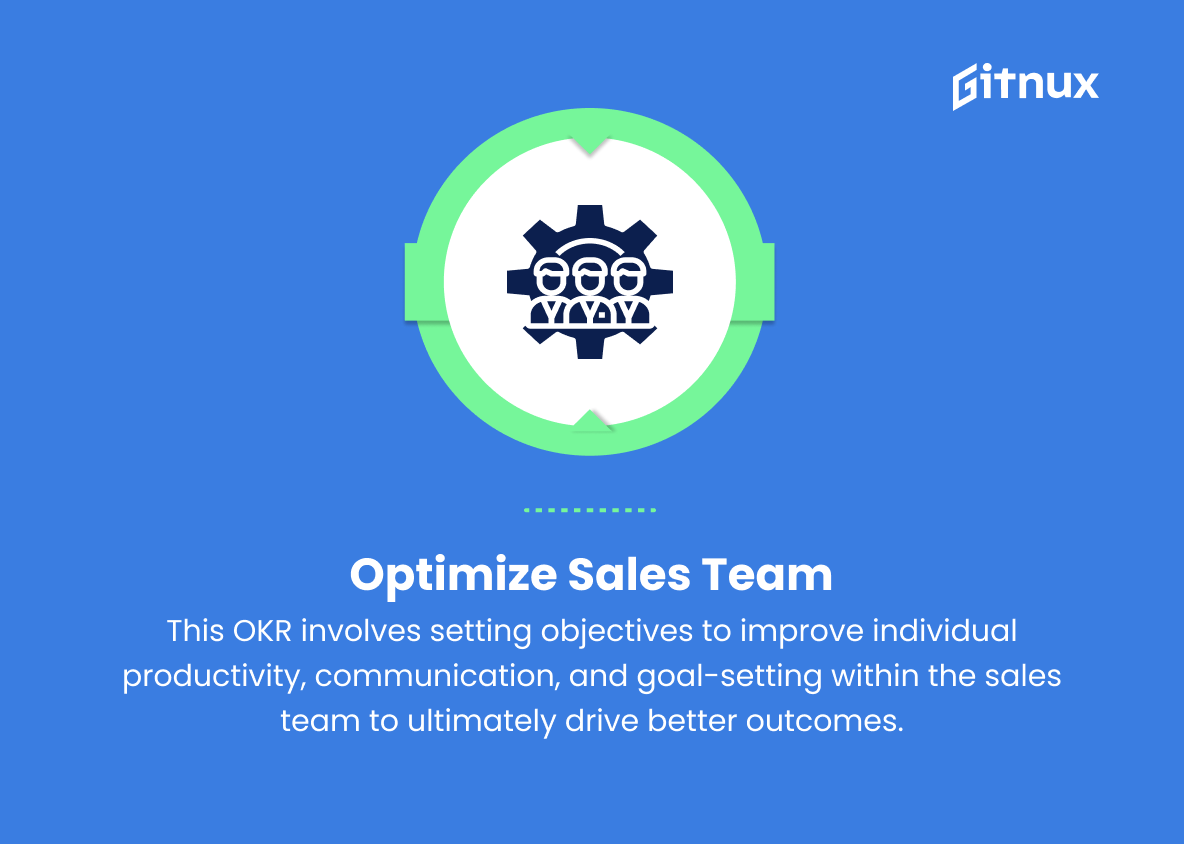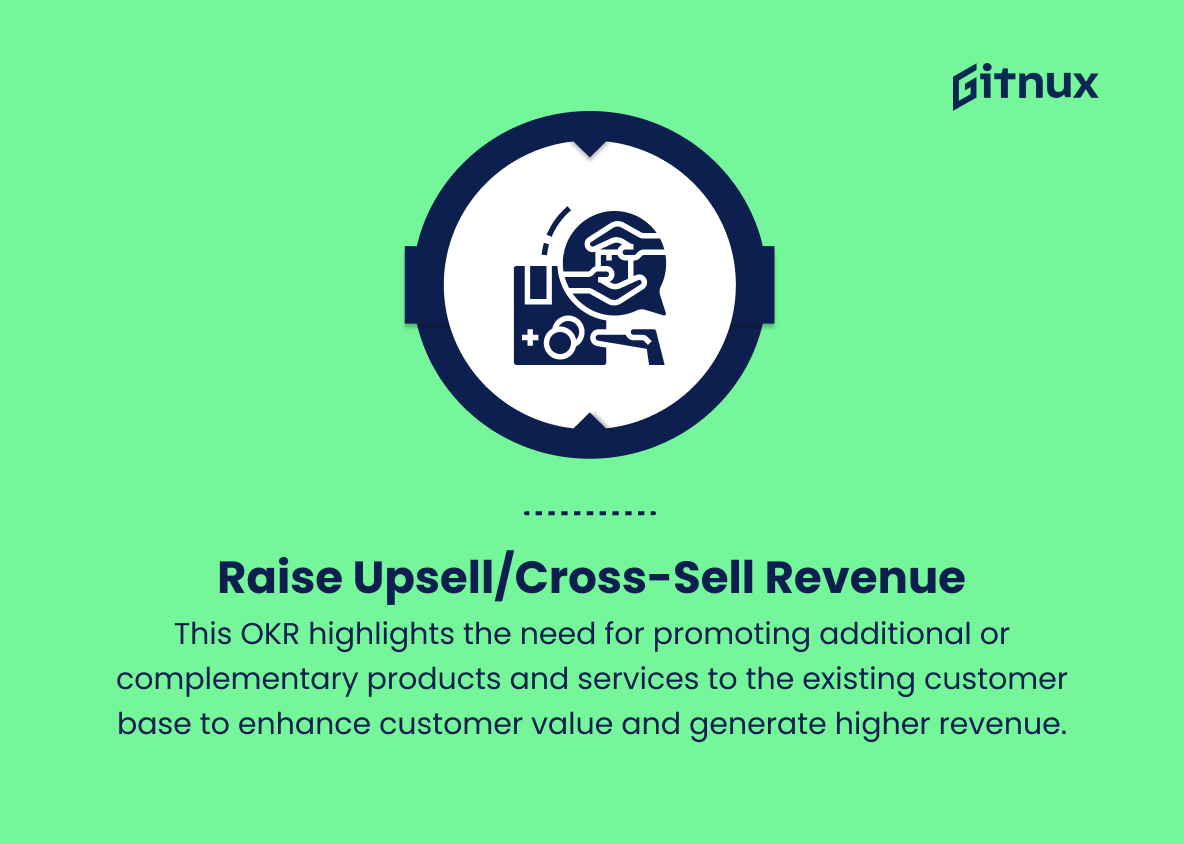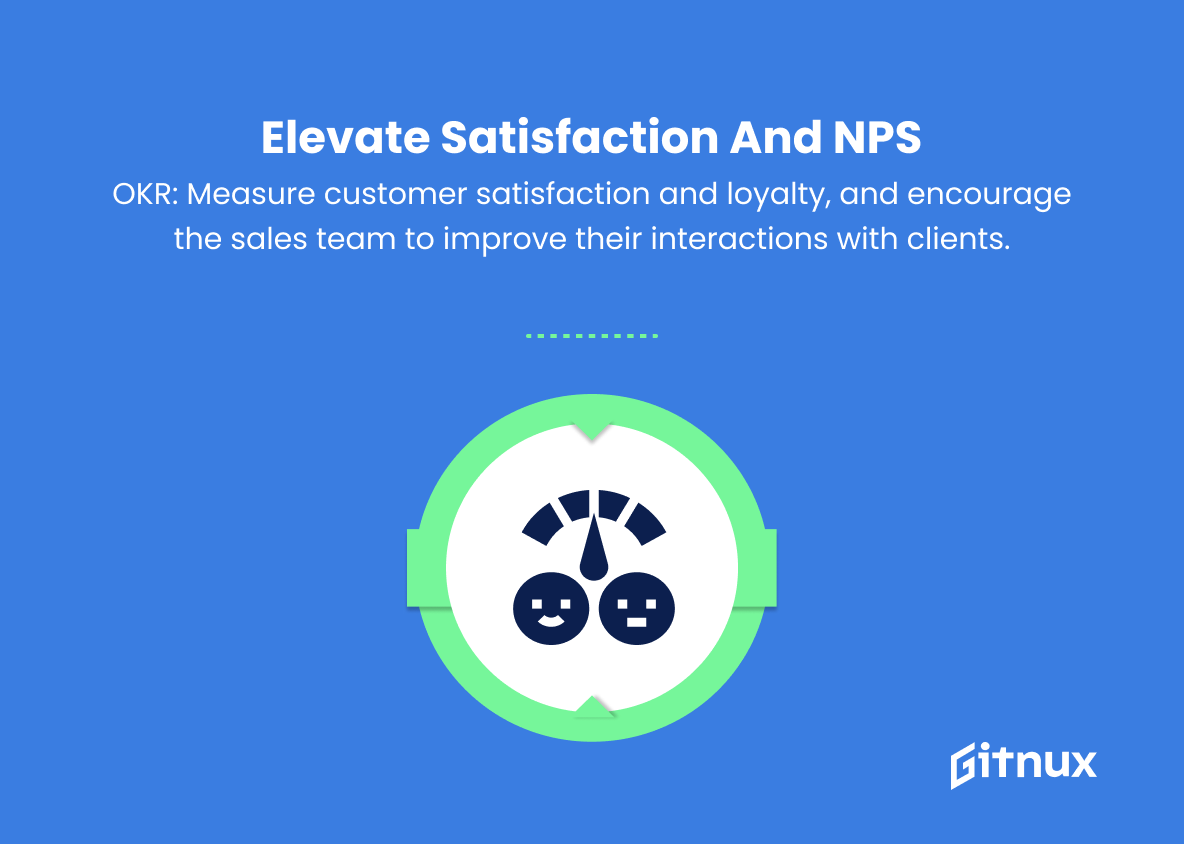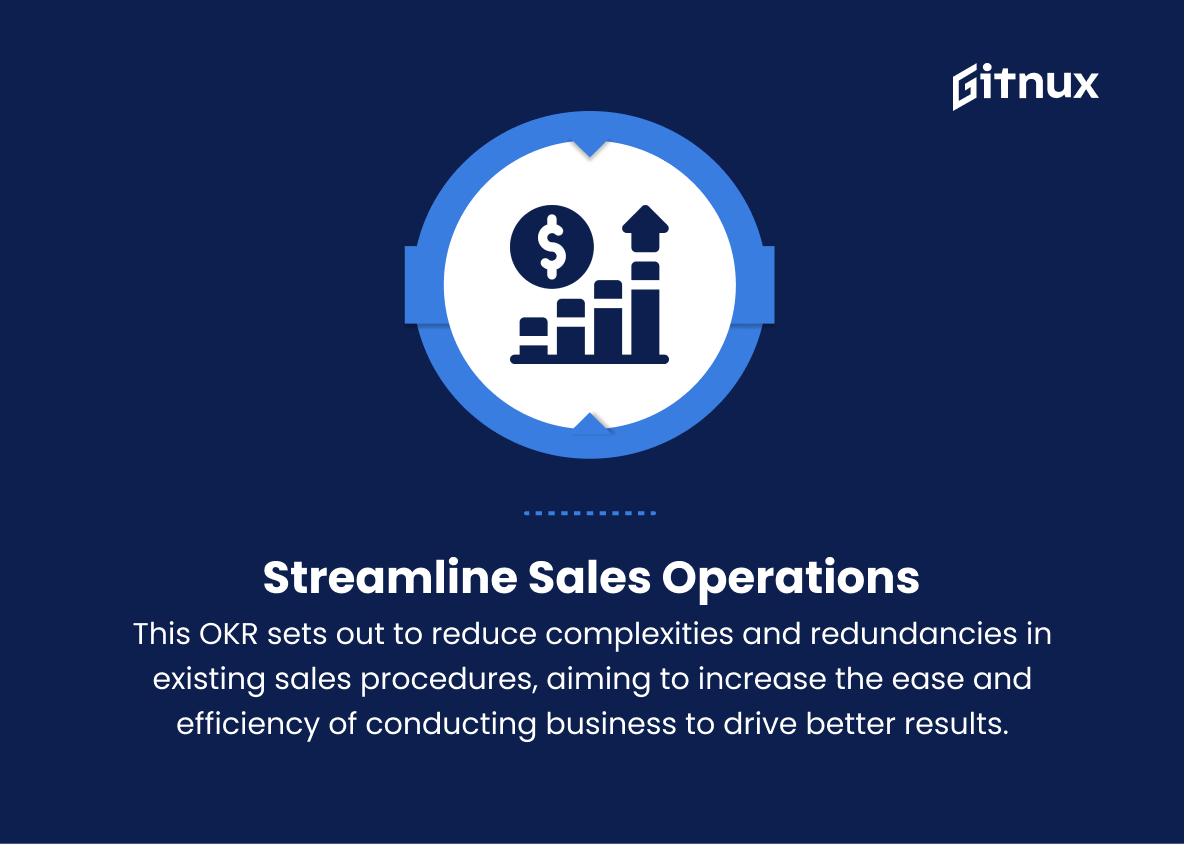In today’s highly competitive business landscape, sales operations professionals play a vital role in driving organizational efficiency and success by setting, monitoring, and achieving strategic goals. One proven method to ensure these goals are well defined, aligned with the company’s mission, and rigorously tracked is through implementing Sales Operations Objectives and Key Results (OKRs).
In this in-depth blog post, we will delve into the importance and benefits of Sales Operations OKRs while exploring best practices, examples, and expert insights to enhance your team’s performance and elevate your organization to new heights of excellence. So put your strategic thinking cap on as we embark on a journey towards optimizing your sales operations management through the power of OKRs.
Sales Operations OKRs You Should Know
1. Increase new customer acquisition rate
This OKR focuses on attracting new clients and closing more deals to grow the customer base.
2. Improve customer retention rate
This OKR emphasizes the importance of maintaining strong relationships with existing customers, increasing their loyalty, and reducing churn rates.
3. Increase average deal size
This OKR aims to grow the amount of revenue generated from each sale by upselling, cross-selling, or focusing on higher-margin products/services.
In today’s highly competitive business landscape, sales operations professionals play a vital role in driving organizational efficiency and success by setting, monitoring, and achieving strategic goals.4. Reduce sales cycle time
This OKR encourages speeding up the sales process by identifying inefficiencies, improving prospecting techniques, and streamlining internal communication between teams.
5. Increase pipeline conversion rate
This OKR revolves around improving the ability to turn leads and prospects into paying customers, indicating better performance of the sales team and robust sales strategies.
6. Enhance the quality of leads
This OKR aims at improving lead generation and qualification approaches to bring in higher-quality prospects with a higher probability of conversion.
7. Increase win rate for sales proposals
This OKR strives to enhance the win rates for proposals by improving presentation skills, fast response times, and customizing proposals to address customers’ unique pain points.
8. Improve sales forecast accuracy
This OKR emphasizes the need for better sales projections that align with the actual sales performance, allowing for more precise budgeting, planning, and resource allocation.
One proven method to ensure these goals are well defined, aligned with the company’s mission, and rigorously tracked is through implementing Sales Operations Objectives and Key Results (OKRs).9. Optimize sales team’s performance
This OKR involves setting objectives to improve individual productivity, communication, and goal-setting within the sales team to ultimately drive better outcomes.
10. Develop and implement a successful sales training program
This OKR concentrates on creating a comprehensive onboarding and training program for new and existing sales team members, ensuring all employees have the necessary tools and knowledge to thrive in their roles.
11. Increase upsell and cross-sell revenue
This OKR highlights the need for promoting additional or complementary products and services to the existing customer base to enhance customer value and generate higher revenue.
12. Enhance customer satisfaction and Net Promoter Score (NPS)
This OKR measures customer satisfaction and loyalty, and encourages the sales team to improve their interactions with clients, ultimately leading to increased brand advocacy and referrals.
13. Streamline sales processes and operational efficiency
This OKR sets out to reduce complexities and redundancies in existing sales procedures, aiming to increase the ease and efficiency of conducting business to drive better results.
14. Increase the adoption of CRM and sales tools
This OKR promotes the use of sales tools and technology to improve data tracking, analysis, and decision-making for the sales department, resulting in improved sales performance.
15. Strengthen market share in target segments
This OKR focuses on capturing a larger percentage of desired market segments through effective targeting, positioning, and sales strategies.
Sales Operations OKRs Explained
The Sales Operations OKRs mentioned above are crucial for driving growth, profitability, and overall success of a business. These objectives cover different aspects of sales operations such as acquiring new customers, retaining existing ones, and optimizing revenue generation through upselling and cross-selling. They also emphasize the need for efficient sales processes, accurate forecasting, and the use of appropriate tools and technologies.
Additionally, these OKRs underscore the importance of fostering a high-performing sales team and offering comprehensive training programs to enhance individual skills. Ultimately, focusing on customer satisfaction and loyalty will result in a stronger brand advocacy and larger market share in target segments. By prioritizing and consistently improving upon these objectives, a business’s sales operations will continually evolve and outperform competitors, ensuring long-term success and profitability.
Conclusion
In conclusion, Sales Operations OKRs serve as a powerful strategic tool that enables sales teams to achieve ambitious objectives and foster continuous improvement. By setting well-defined and measurable key results, sales organizations can align their efforts, enhance coordination, and effectively track progress within the team. In an increasingly competitive business landscape, incorporating Sales Operations OKRs helps drive success through data-driven decision-making, streamlined processes, and increased collaboration.
So, take the time to invest in OKR methodology and witness how it positively transforms the overall performance and growth of your sales operations. Ultimately, the successful implementation of Sales Operations OKRs will not only optimize your sales team’s efficiency but also contribute to the long-term profitability and sustainability of your organization.

